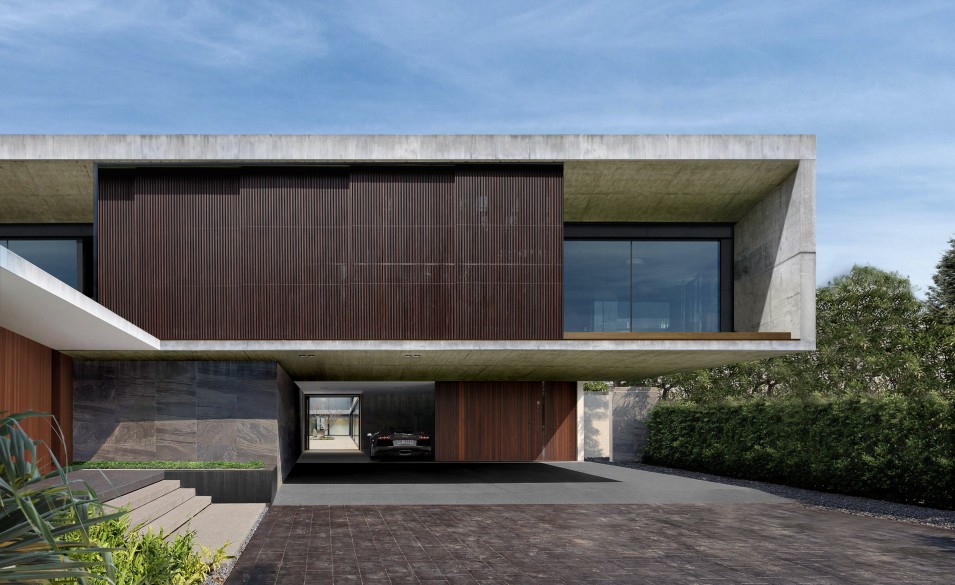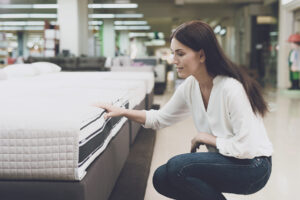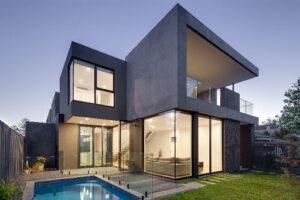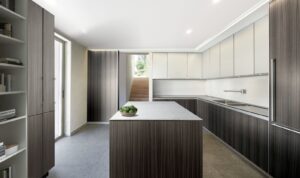Two years post-pandemic and we are already seeing big differences in the way people are approaching the way they want to live, advises Taras Wolf from Wolf Architects.
“If there is one thing that Covid-19 has brought to architecture, it’s that people want atmospheres where they can be more comfortable in isolation,” says Wolf.
“We’ve now all had a taste of staying in one place for a very long time and a lot of people have looked at their environment and maybe realised to themselves that ‘this is not that special’.”
He says Covid-19 has further honed for the industry that people need new ways to keep places more clean and sterile, more convertible rooms, and adjustable walls.
“This can mean partitions and doors that don’t feel like doors, or sliding walls and partitions that hide in cavities.”
Taras Wolf from Wolf Architects remarks that in his own home he has small air quality metres that activate an alarm when the air quality is low, reminding people to open the doors and windows.
“In Melbourne too, it’s amazing how many windows are fixed; where you can’t open them, and this is often not even a building requirement.”
He says other post Covid-19 trends include biophilic design, which increases the occupant connectivity through the direct use of nature.
“This means creating multi-sensory experiences, including organic shapes, natural materials, water features, fresh air and of course plants – there should be at least one in every room.”
“In their own way, architects also have an important role to play in help to prevent the spread of pathogens indoors, through clever use of daylight and ventilation systems which don’t just reduce energy consumption but may reduce the abundance of potential pathogens.
He says space configuration, interior material selection, occupant density (when the whole family is at home together and especially if one person is sick) are all other important considerations.
“If people are working at home, it’s no longer about just having an ergonomic chair. The new home office is where people are spending a considerable part of their life, and a “makeshift” workplace just doesn’t cut it. “






